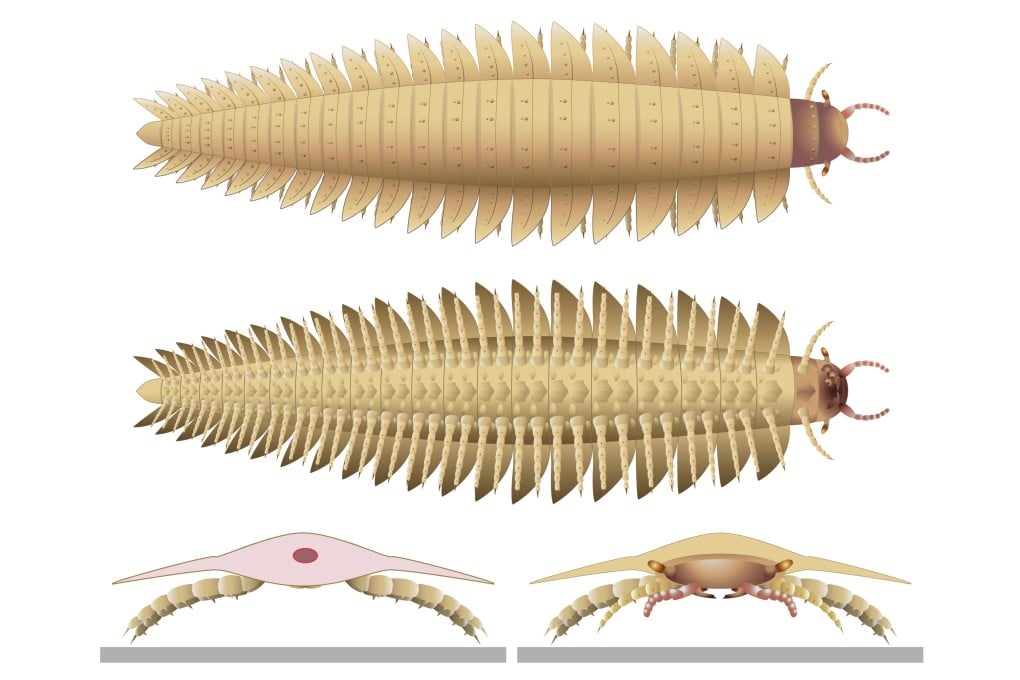What did the biggest bug to ever crawl the Earth look like? Scientists recreate its head
Arthropleura fossils tell the story of an ancient, many-legged creature that could grow up to 2.7 metres (nine feet) long

As if the largest bug to ever live – a monster nearly 2.7 metres (nine feet) long with several dozen legs – wasn’t terrifying enough, scientists could only just imagine what the extinct beast’s head looked like.
That’s because many of the fossils of these creatures are headless shells that were left behind when they moulted, squirming out of their exoskeletons through the head opening as they grew ever bigger – more than 50kg (110 pounds).
Now, scientists have produced a mugshot after studying fossils of juveniles that were complete and very well preserved, if not quite cute.
The giant bug’s topper was a round bulb with two short bell-shaped antennae, two protruding eyes like a crab, and a rather small mouth adapted for grinding leaves and bark, according to new research published on Wednesday in Science Advances.
Called Arthropleura, these were arthropods – the group that includes crabs, spiders and insects – with features of modern-day centipedes and millipedes. But some of them were much, much bigger, and this one was a surprising mix.
“We discovered that it had the body of a millipede, but head of a centipede,” said study co-author and paleobiologist Mickael Lheritier at the University Claude Bernard Lyon in Villeurbanne, France.
